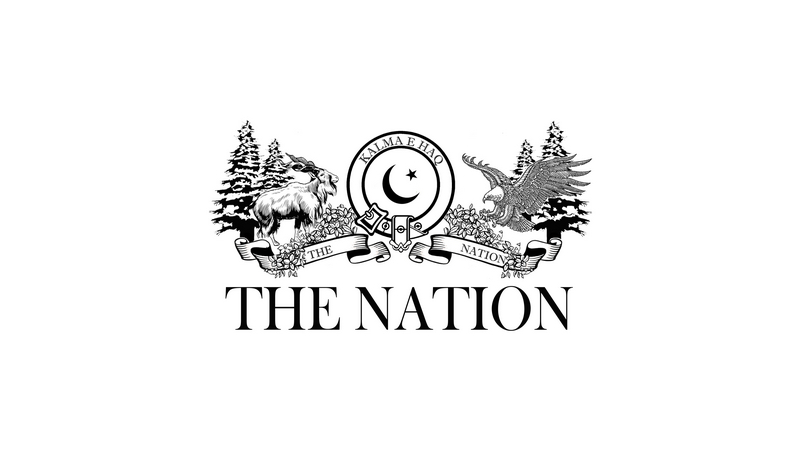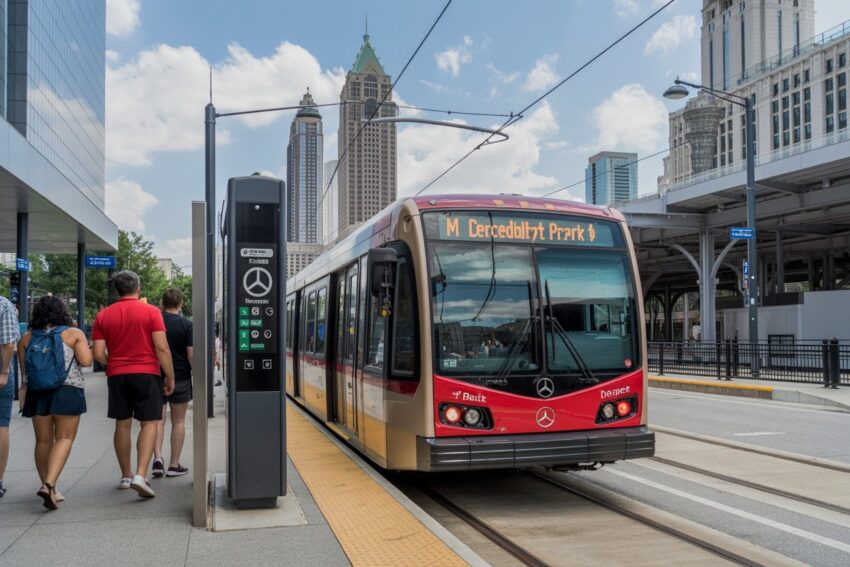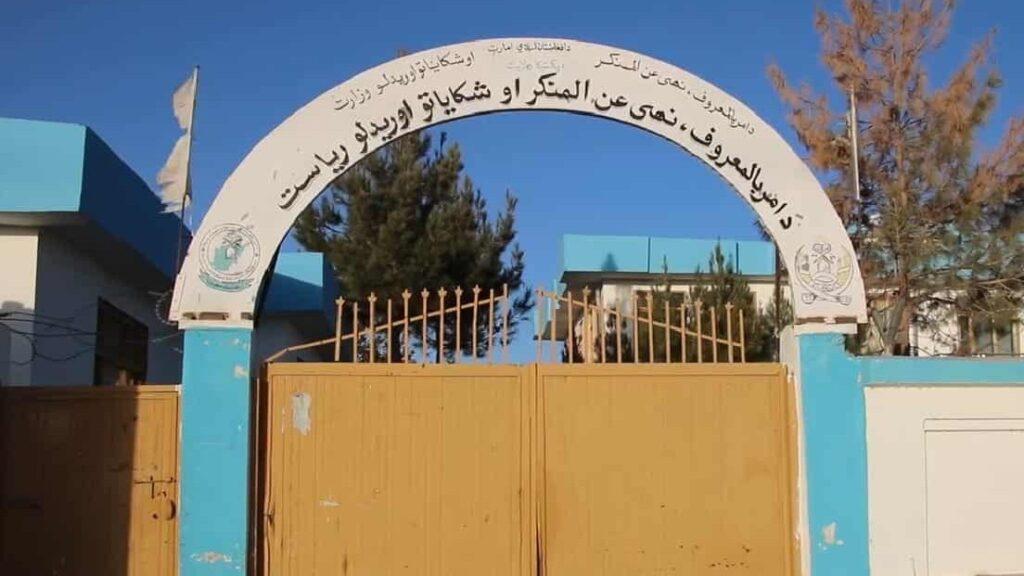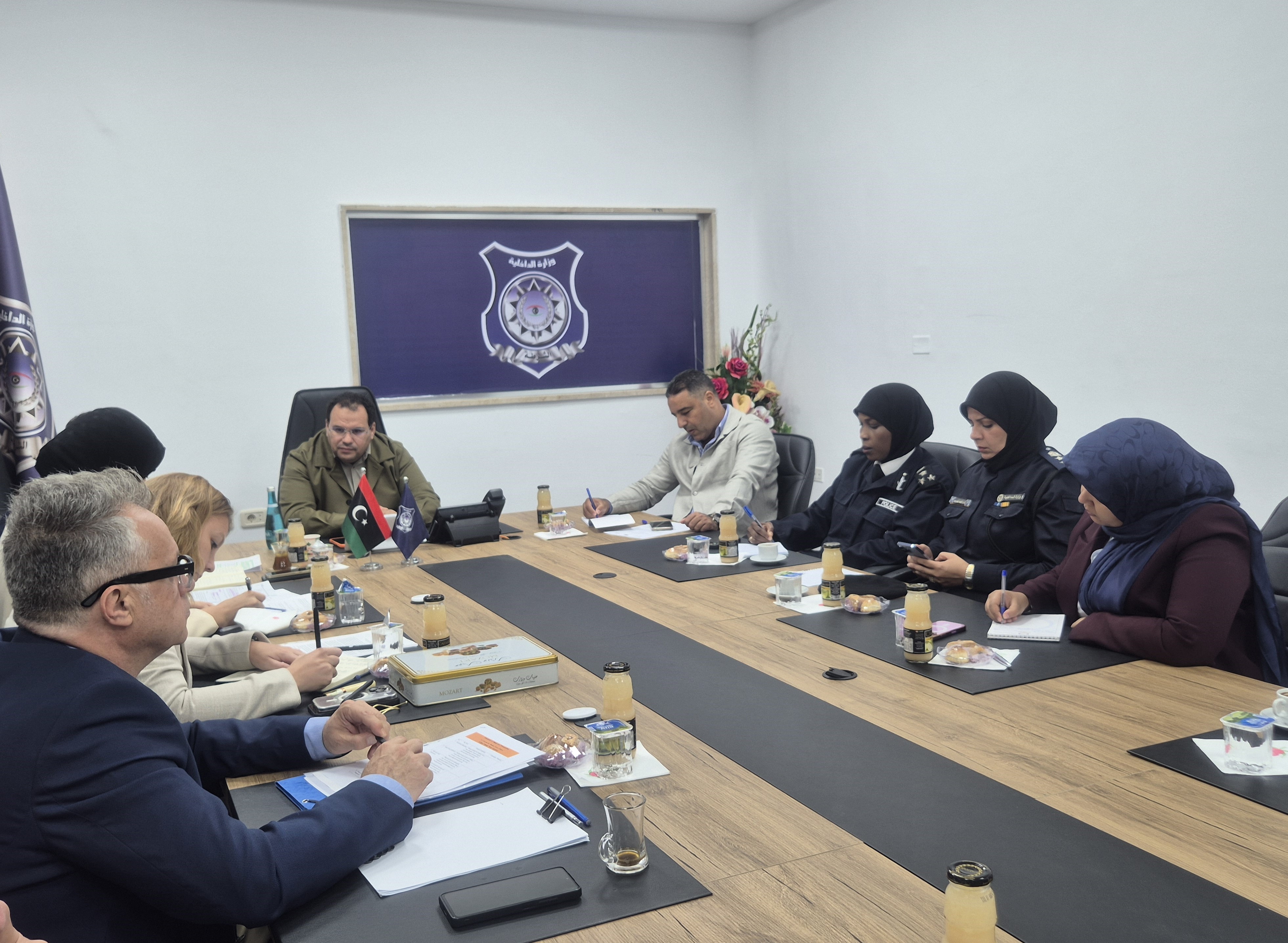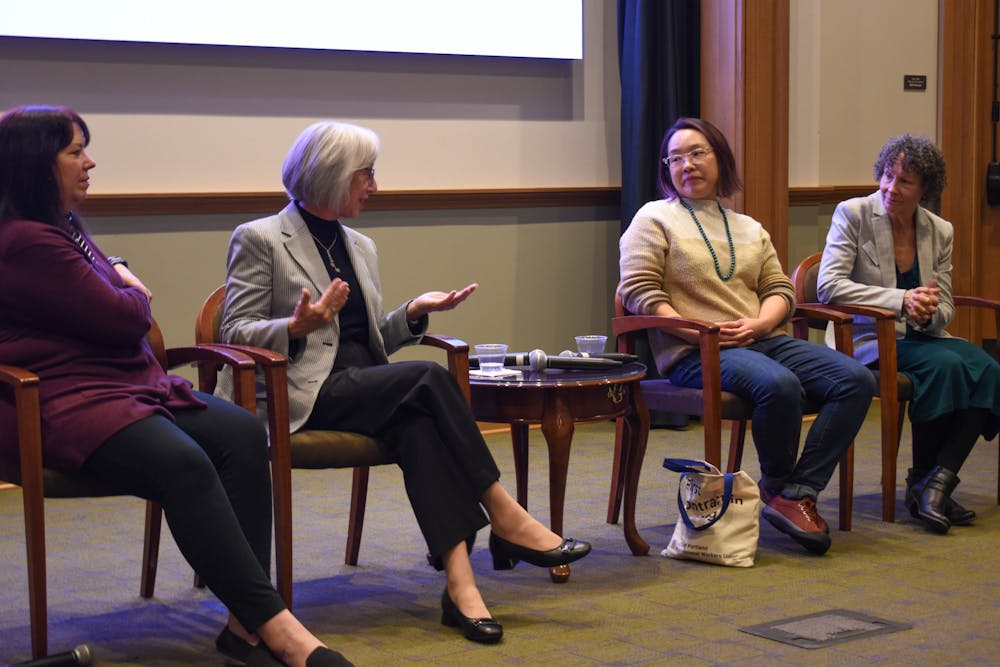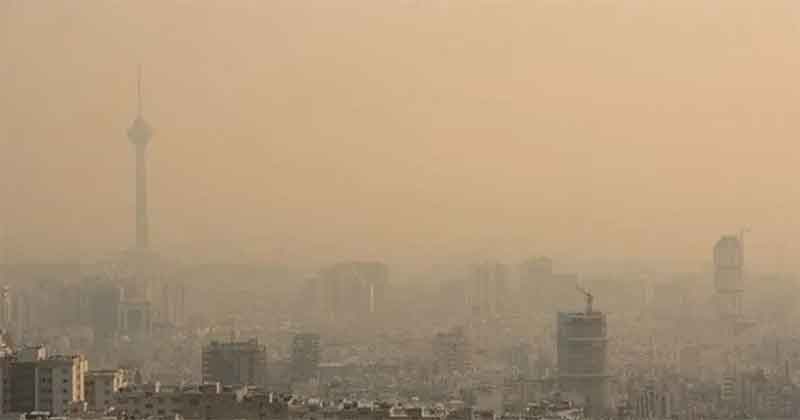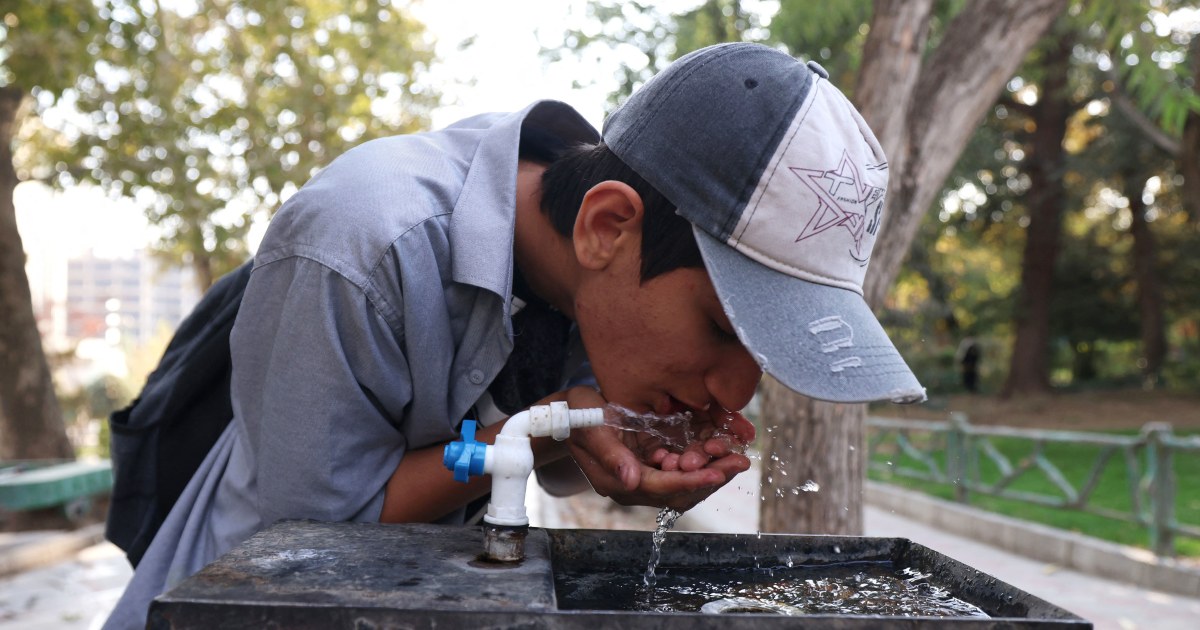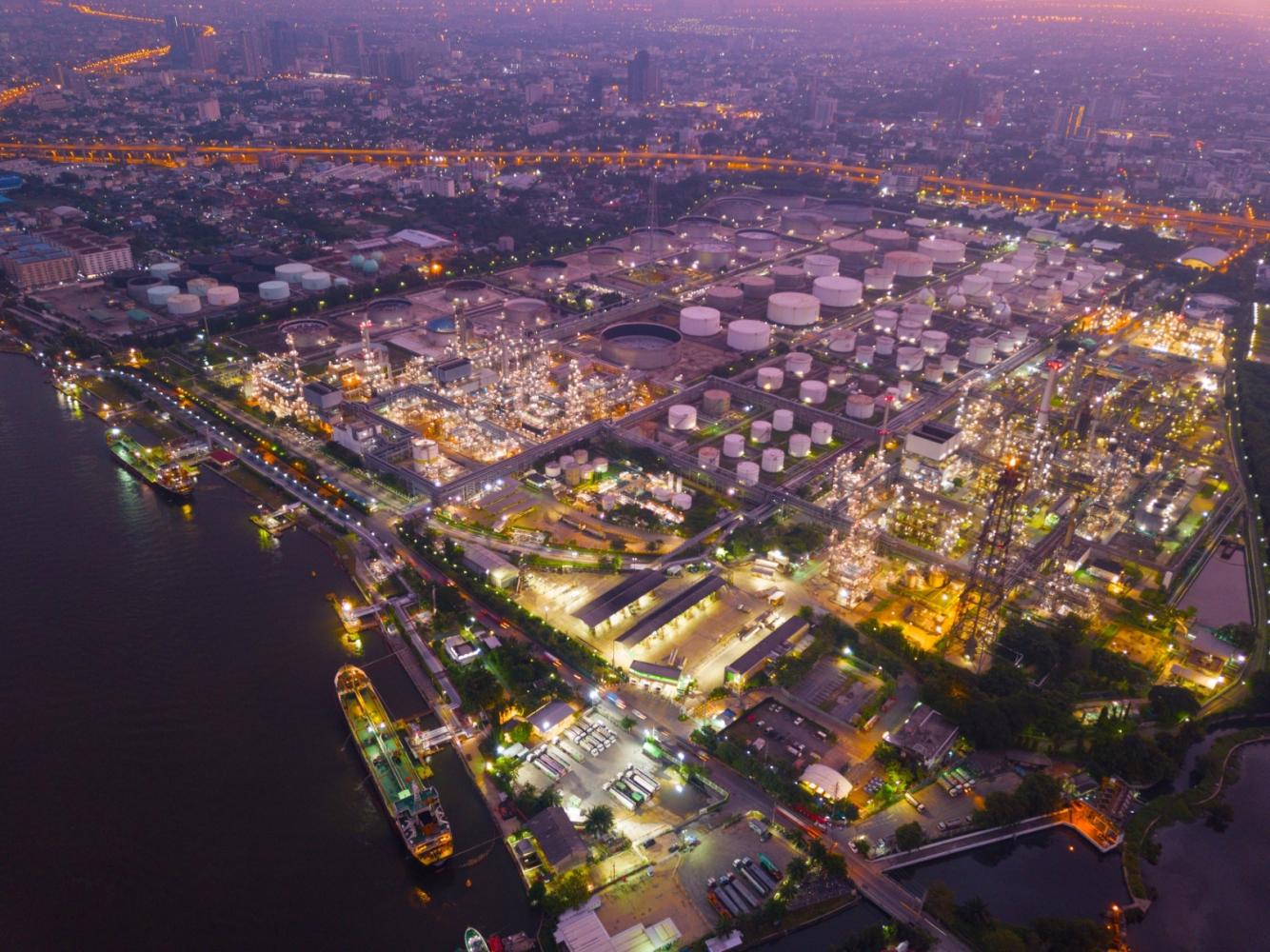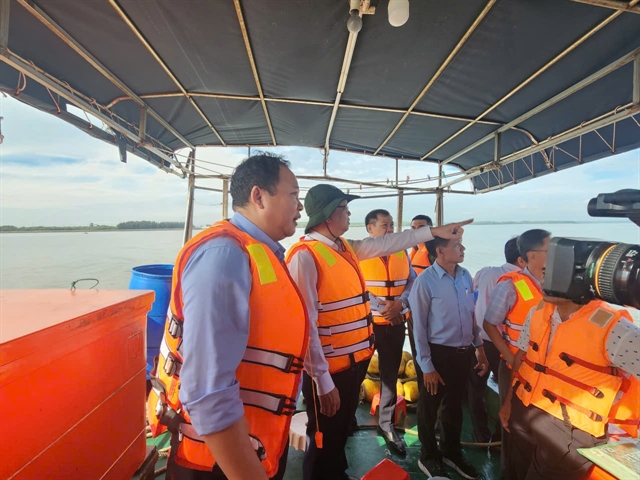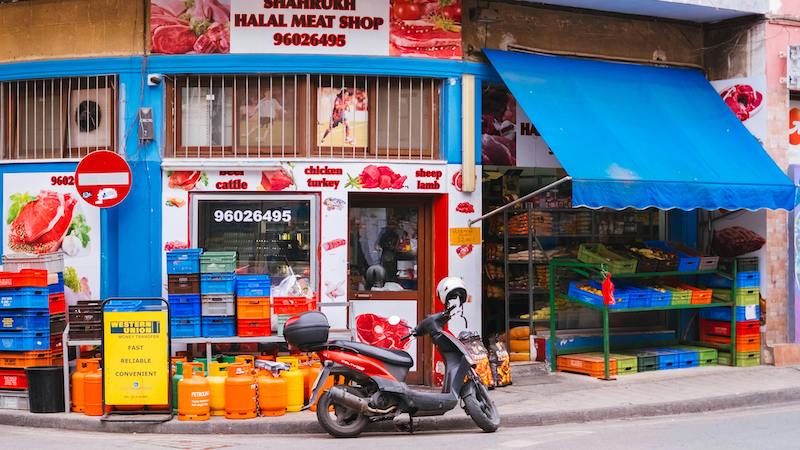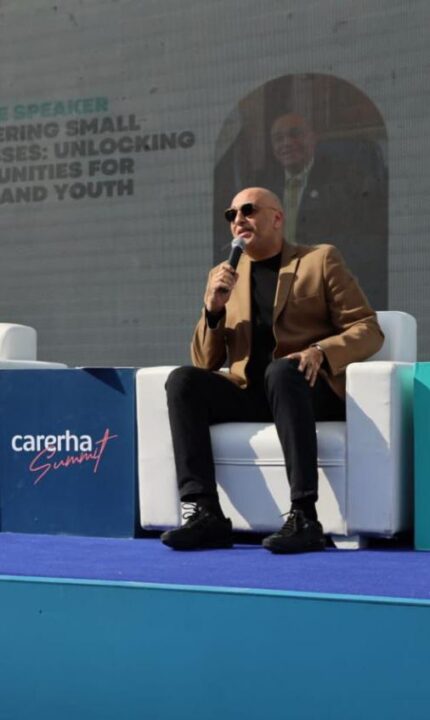South-South Cooperation: Shaping a Sustainable Future – The Borgen Project

Report on South-South Cooperation as a Catalyst for Achieving Sustainable Development Goals (SDGs)
Introduction: Fostering Global Partnerships for Sustainable Development (SDG 17)
South-South cooperation represents a critical framework for developing countries to achieve collective self-resilience and advance the 2030 Agenda for Sustainable Development. This model of solidarity and partnership, central to SDG 17 (Partnerships for the Goals), facilitates the exchange of resources, technology, and knowledge across economic, social, and environmental spheres. The growing significance of this cooperation is evidenced by substantial economic shifts:
- Trade among developing countries reached $5.3 trillion in 2021, surpassing trade flows between developing and developed nations.
- Since 1995, trade within the Global South has increased by 14.1%, while trade between developed countries has decreased by nearly 15%.
- Between 2000 and 2021, the loan portfolios of South-led development banks expanded tenfold, from $7.2 billion to $73.4 billion.
Case Study 1: Advancing Clean Energy and Economic Opportunity (SDGs 1, 7, 8, 12, 13)
An initiative in India exemplifies how South-South cooperation can drive progress on multiple SDGs. By converting unused cotton plant parts into clean fuel briquettes, the project addresses several key development goals.
- SDG 7 (Affordable and Clean Energy) & SDG 13 (Climate Action): Over 500 briquetting plants now convert agricultural waste into a clean fuel substitute for coal and wood, mitigating pollution from the common practice of burning crop residue.
- SDG 1 (No Poverty) & SDG 8 (Decent Work and Economic Growth): The initiative creates new income streams. In Zambia alone, processing cotton waste could generate an additional $3 million annually for farmers.
- SDG 12 (Responsible Consumption and Production): The process promotes a circular economy by transforming waste into a valuable resource.
Recognizing this model’s potential, the United Nations Conference on Trade and Development (UNCTAD) facilitated a knowledge-sharing program in 2019. Officials from Tanzania, Uganda, and Zimbabwe visited India to study the adaptable technology, demonstrating a practical application of South-South knowledge transfer for sustainable development.
Case Study 2: Promoting Decent Work and Post-Pandemic Recovery (SDG 8)
The COVID-19 pandemic, compounded by climate and food security crises, reversed development progress, pushing 4.7 million people in Southeast Asia into extreme poverty and heightening job insecurity. In response, South-South cooperation initiatives are crucial for achieving SDG 8 (Decent Work and Economic Growth).
The International Labour Organization’s (ILO) “Promoting the Global Development Initiative with a focus on South-South cooperation in Employment in ASEAN” (ProSSCE-ASEAN) project, in partnership with China, directly targets these challenges:
- Cambodia: Since 2023, the project has partnered with the government to connect nearly 150,000 young and marginalized individuals with high-quality employment opportunities.
- Indonesia: A four-tiered training program was launched to enhance job matching services by training over 3,000 public employment counselors and implementing inclusive, gender-responsive labor market programs. The success of this model has led to plans for its expansion to other Southeast Asian nations.
Case Study 3: Strengthening Health Cooperation for Well-being (SDG 3)
The pandemic disproportionately impacted the health of women and children, causing a significant setback in progress toward SDG 3 (Good Health and Well-being), particularly in maternal health. To address this, a South-South health cooperation initiative was launched.
The World Health Organization (WHO) and the Health Development Partnership for Africa and the Caribbean (HeDPAC) established a partnership to foster collaboration between the two regions. This initiative facilitates the exchange of innovative primary healthcare solutions, with a specific focus on improving maternal and child health outcomes, thereby directly contributing to the targets of SDG 3.
Conclusion: A Framework for Resilience and Equity
South-South cooperation provides an essential framework for addressing complex global crises. Through solidarity, knowledge sharing, and mutual support, these partnerships empower developing countries to build resilience and foster equitable, sustainable development. The initiatives detailed in this report demonstrate the tangible impact of such cooperation in advancing the Sustainable Development Goals and creating a more inclusive global future.
Analysis of SDGs in the Article
1. Which SDGs are addressed or connected to the issues highlighted in the article?
-
SDG 1: No Poverty
- The article mentions that the COVID-19 pandemic pushed 4.7 million people in Southeast Asia into extreme poverty, directly addressing the goal of ending poverty in all its forms.
-
SDG 3: Good Health and Well-being
- The text highlights the pandemic’s negative impact on maternal and child health, noting a “reversal of progress in maternal health.” It describes a WHO initiative for South-South health cooperation between Africa and the Caribbean focused on this issue.
-
SDG 7: Affordable and Clean Energy
- The article details India’s project of converting unused cotton plant parts into clean fuel (briquettes) as a substitute for coal and wood. This initiative, shared with African countries, directly promotes the use of renewable energy.
-
SDG 8: Decent Work and Economic Growth
- This goal is explicitly mentioned. The article discusses job insecurity, unemployment post-pandemic, and initiatives like the ILO ProSSCE-ASEAN project aimed at connecting young and marginalized people to high-quality jobs in Cambodia and Indonesia. It also refers to economic growth, citing a 4.6% increase in GDP growth in 2024.
-
SDG 17: Partnerships for the Goals
- The entire article is centered on South-South cooperation, which is a key component of SDG 17. It provides examples of countries sharing knowledge (India’s briquetting technology), financial cooperation (increased loans from South-led banks), and collaborative projects (ILO and WHO initiatives) to achieve development goals.
2. What specific targets under those SDGs can be identified based on the article’s content?
-
Target 1.1: By 2030, eradicate extreme poverty for all people everywhere.
- The article’s reference to the 4.7 million people pushed into extreme poverty in Southeast Asia due to the pandemic directly relates to this target of poverty eradication.
-
Target 3.1: By 2030, reduce the global maternal mortality ratio.
- The focus on the “reversal of progress in maternal health” and the WHO-HeDPAC initiative to exchange solutions with a focus on maternal and child health aligns with this target.
-
Target 7.2: By 2030, increase substantially the share of renewable energy in the global energy mix.
- India’s project of converting cotton waste into briquettes, a form of clean and renewable energy, and sharing this technology with other developing nations directly supports this target.
-
Target 8.5: By 2030, achieve full and productive employment and decent work for all women and men, including for young people and persons with disabilities, and equal pay for work of equal value.
- The ILO project in Cambodia connecting nearly 150,000 young and marginalized people to jobs and the training of employment counselors in Indonesia are concrete actions toward this target.
-
Target 17.9: Enhance international support for implementing effective and targeted capacity-building in developing countries to support national plans to implement all the Sustainable Development Goals, including through North-South, South-South and triangular cooperation.
- The article’s examples, such as officials from Tanzania, Uganda, and Zimbabwe visiting India to learn about briquetting technology, and the expansion of an ILO training program from Indonesia to other Southeast Asian countries, are prime examples of capacity-building through South-South cooperation.
3. Are there any indicators mentioned or implied in the article that can be used to measure progress towards the identified targets?
-
For SDG 1:
- The number of people living in extreme poverty is a direct indicator. The article cites a specific figure: “the pandemic pushed 4.7 million people into extreme poverty” in Southeast Asia.
-
For SDG 3:
- The article explicitly states that “maternal health… is a key indicator of health,” implying the use of the maternal mortality ratio (Indicator 3.1.1) to measure progress.
-
For SDG 7:
- The number of renewable energy facilities established (“more than 500 briquetting plants” in India).
- The economic value generated from renewable energy sources (Zambian farmers could earn an “additional $3 million each year”).
-
For SDG 8:
- The rate of economic growth (“a 4.6% increase in GDP growth in 2024”).
- The number of people, particularly youth, connected to employment services (“connect close to 150,000 young people and marginalised groups to high-quality jobs” in Cambodia).
- The number of officials trained to improve labor market outcomes (“training more than 3,000 public employment counsellors” in Indonesia).
-
For SDG 17:
- The total value of South-South trade (“amounting to $5.3 trillion in 2021”).
- The volume of financial flows between developing countries (loan portfolios of South-led development banks rose “from $7.2 billion to $73.4 billion”).
SDGs, Targets, and Indicators Analysis
| SDGs | Targets | Indicators |
|---|---|---|
| SDG 1: No Poverty | 1.1 Eradicate extreme poverty for all people everywhere. | Number of people pushed into extreme poverty (4.7 million in Southeast Asia). |
| SDG 3: Good Health and Well-being | 3.1 Reduce the global maternal mortality ratio. | Maternal health is mentioned as a “key indicator,” implying the maternal mortality ratio. |
| SDG 7: Affordable and Clean Energy | 7.2 Increase substantially the share of renewable energy in the global energy mix. | Number of renewable energy plants established (over 500 briquetting plants); Potential additional income from renewable energy ($3 million annually for Zambian farmers). |
| SDG 8: Decent Work and Economic Growth | 8.5 Achieve full and productive employment and decent work for all. | GDP growth rate (4.6% in 2024); Number of young people connected to jobs (150,000 in Cambodia); Number of employment counselors trained (3,000 in Indonesia). |
| SDG 17: Partnerships for the Goals | 17.9 Enhance international support for implementing effective and targeted capacity-building in developing countries through South-South cooperation. | Volume of South-South trade ($5.3 trillion in 2021); Increase in loan portfolios of South-led development banks (from $7.2 billion to $73.4 billion). |
Source: borgenproject.org
What is Your Reaction?
 Like
0
Like
0
 Dislike
0
Dislike
0
 Love
0
Love
0
 Funny
0
Funny
0
 Angry
0
Angry
0
 Sad
0
Sad
0
 Wow
0
Wow
0
